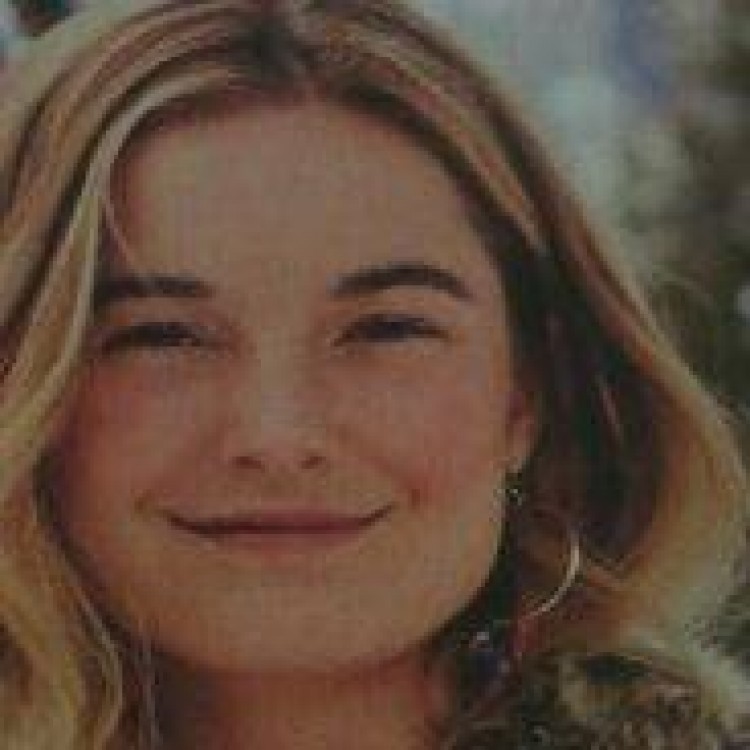Margaret Bourke-White: The Mirror's Eye
I wonder what Margaret Bourke-White would think of her
hauntingly beautiful photograph of Mohandas Gandhi at
his spinning wheel being used in the Apple ad captioned
“Think Different.” As if the grammatical issue weren’t
irritating enough, it seems tragic for a work meant to
preserve the memory and honor of a man dedicated to
peace and simplicity (he’s spinning his own cloth so as to
not wear manufactured foreign goods) now being used to
market computers.
Born in the Bronx in 1904, Margaret Bourke-White
“dared to become an industrial photographer and a
photojournalist at a time when men thought they had
exclusive rights to those titles, then rose with startling
speed to the top of both professions,” writes her
biographer Vicki Goldberg. Indeed, her abilities did much
to contribute to the rise of photojournalism, and many
of our memories of important twentieth-century history
are thanks to her efforts to document them for posterity.
Although the Gandhi photograph may end up being the
most famous thanks to some fairly insidious marketing,
others are seared onto our memory: the Indian holocaust
that took place during the partition when all Hindus were
forced to leave the new northern state of Pakistan and
all Muslims traveled north to the new state. The dead are
still unnumbered in this trail of tears, estimates are as
high as three million. She also photographed the Moslem
massacre in Calcutta, horrendous and powerful pictures of
dead Hindus being devoured by vultures.
As a Life staff photographer, she traveled the globe. In
Moscow, she caught on film the Nazi air invasion of
the Russian city. In South Africa, she photographed
apartheid-beleaguered blacks slaving in diamond and
gold mines for the gain of their oppressors. In Korea, she
photographed guerilla warfare. She covered the war fronts
in Africa, Italy, and Germany, and was with the Allied
force that entered the death camp of Buchenwald, where
she shot some of her most painful and important work. “I
saw and photographed the piles of naked, lifeless bodies,
the human skeletons in furnaces, the living skeletons.”
In America, the 1934 drought and Dust Bowl migration
were her subjects, as well as an unvarnished view of the
abject poverty in Appalachia and other parts of the rural
South. She and her husband, writer Erskine Caldwell,
collaborated on several photo essay books, including You
Have Seen Their Faces, reminding an insular America about
her own forgotten people. During World War II, she was
the first Army Air Force woman photographer in action in
Italy and North Africa.
Margaret Bourke-White’s sheroic dedication to telling
the truth with pictures has left us with a fascinating
chronicle of the twentieth century. In her pursuit of visual
verity, she often put herself in danger, walking on steel
beams to get the height for the best shot, going deep into
dangerous mines, flying with a bomb squad in Tunisia,
and even going down in a shipwreck in World War II.
She died in 1971 of Parkinson’s disease. In her lifetime,
Margaret Bourke-White returned to us our own history
and gave us the opportunity to learn from it.
“The impersonality of modern war has become
stupendous, grotesque.”
— Margaret Bourke-White, who put a face
on the horrors
This excerpt is from The Book of Awesome Women by Becca Anderson, which is available now through Amazon and Mango Media.


